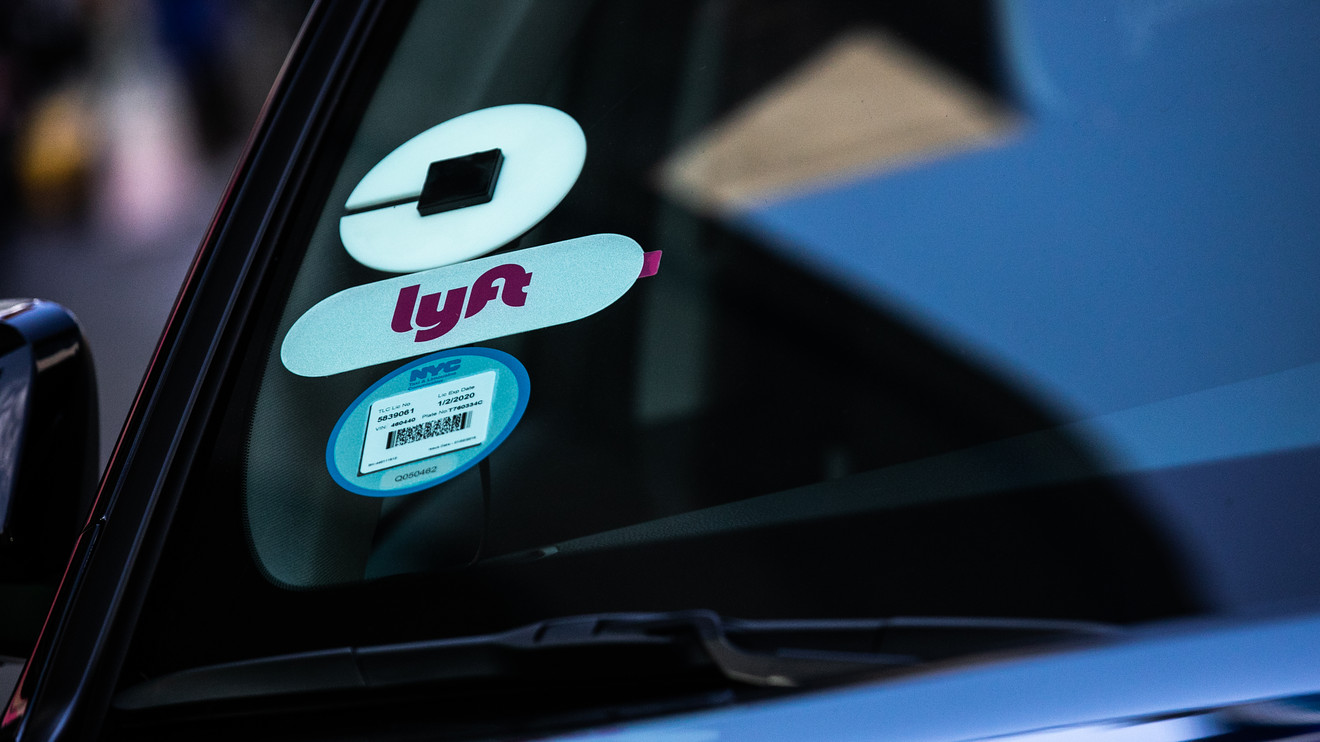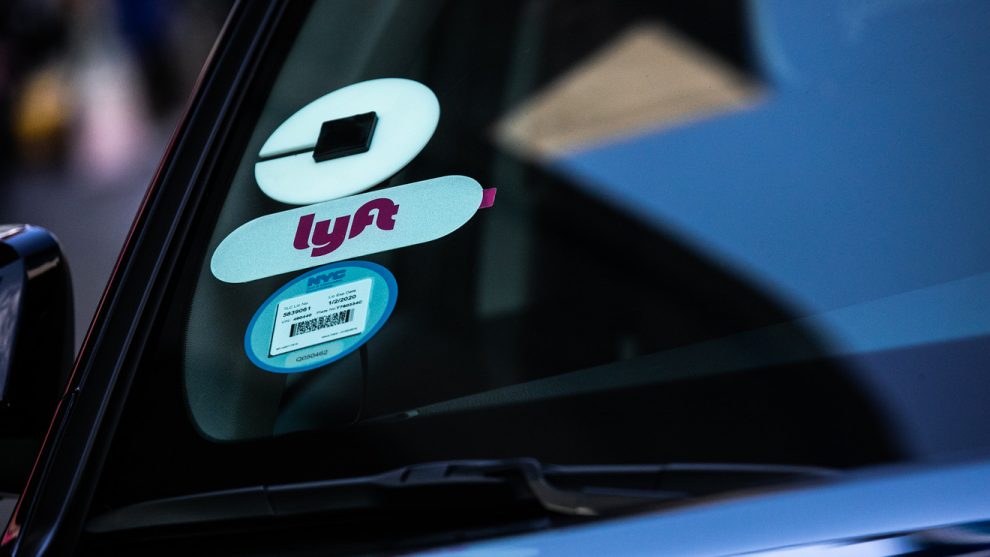
Ride-hailing market rookies Uber Technologies Inc. and Lyft Inc. will slug it out this week with earnings, but the most prominent topic could be a war between them that is ending.
Earlier this year, in their first earnings reports after initial public offerings less than a month apart, the rivals suggested that a price war subsidized by venture capital is coming to an end. While that will likely lead to higher fares for consumers, it also means higher revenue for Uber and Lyft, which should cheer investors increasingly concerned about a sea of red ink. The companies lost a combined $2.15 billion in their last quarters.
Opinion: Uber and Lyft IPOs mean the cheap rides are coming to an end
Market leader Uber UBER, -3.34% UBER, -3.34% is expected to report larger losses than that on its own when it reports second-quarter results Thursday afternoon. But Uber executives strongly hinted in its earnings conference call in May that future competition would hinge more on brand and products instead of incentives such as low fares.
“In the U.S., if you listen to the Lyft conference call, for example, they talked about competing more on brand and I think that competing more on brand and product is, call it a ‘healthier’ mode of competition than just throwing money at a challenge,” Uber Chief Executive Dara Khosrowshahi said in response to an analyst’s question about pricing trends in the U.S.
Lyft LYFT, +1.54% , which reports second-quarter results on Wednesday afternoon, predicted that 2019 would be its peak year of losses when it first reported earnings in May. Both freshly-minted public companies hemorrhaged plenty of red ink in their first earnings reports: Uber lost $1.01 billion and Lyft $1.14 billion. FactSet analysts estimate a whopping $3.34 billion shortfall for Uber as it digests the bitter stock-based compensation pill from its IPO in May. Lyft, which absorbed steep IPO-related costs in its previous quarter, is forecast to lose $444 million.
Opinion: Lyft stops providing key data after IPO, then insults investors’ intelligence
Resolution to the price war should offer some solace, though it “is just a Band-Aid solution,” warns John Meyer, an independent tech analyst in San Francisco. “This is a very difficult business to generate profits” as Uber expands into yet another unprofitable business, scooters, while eviscerating a quarter of its marketing team, Meyer told MarketWatch in a phone interview on Monday.
“What I worry most about is their (Uber and Lyft) likely inability to compete with autonomous ride-sharing services from Google GOOGL, -3.47% GOOG, -3.49% and Tesla TSLA, -2.57% ,” Meyer said.
Weekly preview: Uber and Lyft losses will stand in contrast with Disney’s ‘Endgame’ earnings windfall
RBC Capital analyst Mark Mahaney remains bullish on Uber’s and Lyft’s long-term business prospects, partly because of those newer, unprofitable business units, though. He foresees a total addressable market with an estimated $2.5 trillion in gross bookings, with Uber chiefly benefiting as its dominant leader.
“We also see significant option value in new business units,” Mahaney said in a recent report that maintained a buy rating and price target of $62 on Uber, which suggests an upside to its closing price of $39.05 on Monday.
What to expect
Earnings: Of the 30 analysts surveyed by FactSet, Uber on average is expected to post a loss of $2.03 a share, up from the 62-cent loss expected at the end of April. In the second quarter a year ago, Uber reported an adjusted net loss of $659 million. Estimize, which crowdsources estimates from buy and sell-side analysts, fund managers, academics and others, is forecasting a loss of $3.33 a share.
Of the 30 analysts surveyed by FactSet, Lyft on average is expected to post a loss of $1.15 a share, up from the 61-cent loss expected at the beginning of the quarter. Estimize is forecasting a loss of $1.03 a share.
See also: Uber received more scrutiny from the SEC than Lyft during the IPO process
Revenue: Wall Street expects revenue of $3.3 billion from Uber, according to 29 analysts polled by FactSet. Analysts are looking for monthly active platform consumers of 98.4 million, up from 93 million in the previous quarter, according to FactSet. Uber reported revenue of $2.7 billion during last year’s second quarter. The company has said it is on pace to pass $10 billion in fiscal sales. Estimize contributors are forecasting revenue of $3.4 billion on average.
Wall Street expects revenue of $810 million from Lyft, according to 29 analysts polled by FactSet. Analysts are looking for 20.9 million monthly active riders who spent on average $38 per rider during the quarter, according to FactSet. Lyft reported revenue of $776 million during its previous quarter. It has forecast fiscal-year revenue of $3.275 billion to $3.3 billion. Estimize contributors are forecasting revenue of $809.35 million on average.
Stock movement: Uber shares are down 7% from their May IPO debut, compared with a gain of 13% for the S&P 500 index SPX, -2.98% . Of the 34 analysts who cover Uber, 23 have buy or overweight ratings, and 11 have hold ratings, with an average price target of $52.74, according to FactSet data.
Lyft shares are down 17% from their March IPO debut. Of the 34 analysts who cover Lyft, 20 have buy or overweight ratings, 11 have hold ratings, and three have a sell rating, with an average price target of $72.45, according to FactSet data.
Both stocks have closed higher than their respective IPO prices in two trading sessions apiece.






